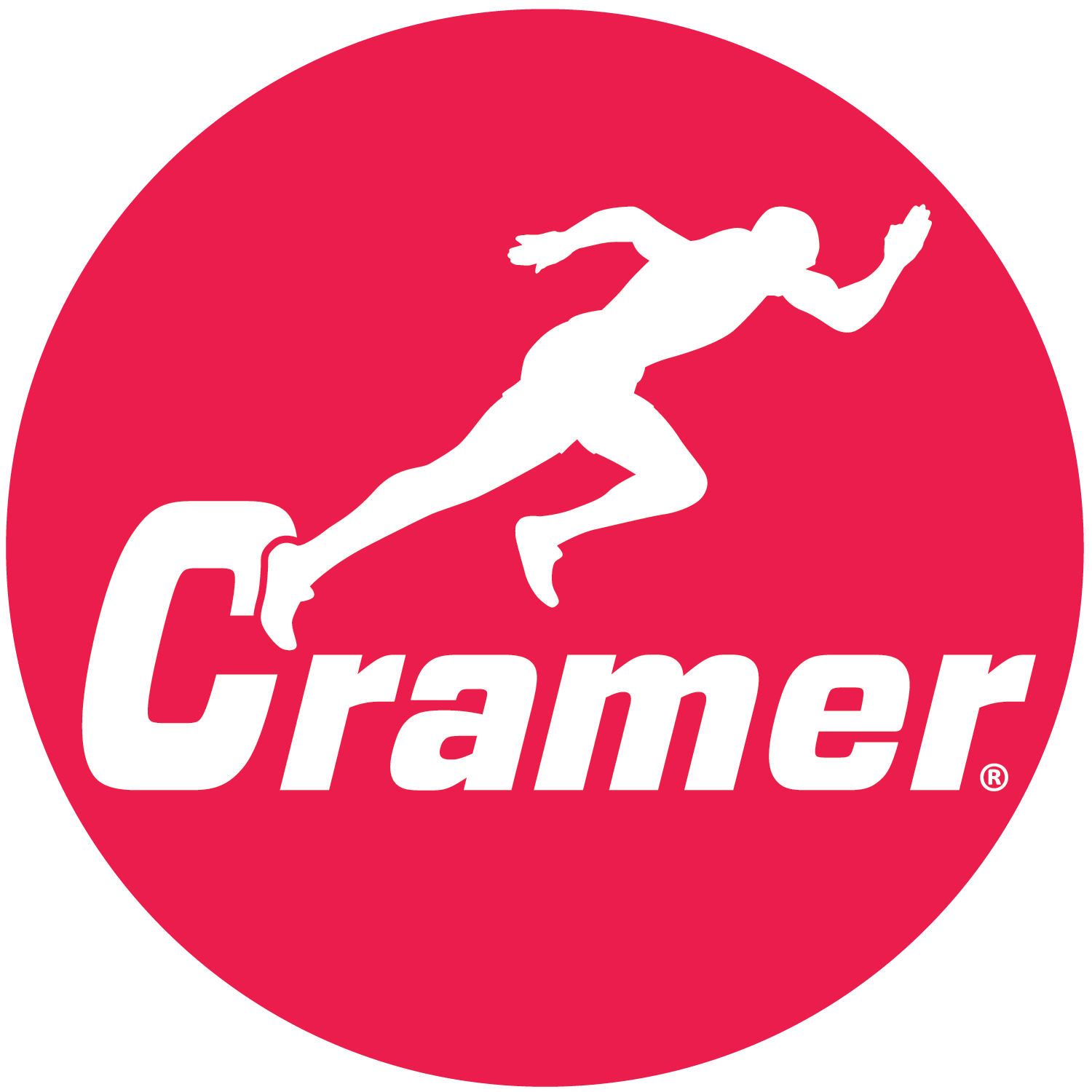New Deep Learning Techniques Analyze Athletes' Decision-making
A new automated method of sports analytics, based on deep learning techniques, has been developed by researchers at Disney Research, California Institute of Technology, and STATS, a supplier of sports data. With the new method, detailed game data on player and ball positions is analyzed to create “ghost” models of how a typical player in a league or on another team would behave when an opponent is on the attack. It is then possible to visually compare what a team's players actually did during a defensive play versus what the ghost players would have done.
"With the innovation of data-driven ghosting, we can now, for the first time, quantify, analyze and compare detailed defensive behavior," said Peter Carr, research scientist at Disney Research. "Despite what skeptics might say, you can indeed measure defense."
The researchers presented their method at the MIT Sloan Sports Analytics Conference in Boston in March. Though they demonstrated the method using data from 100 games of a professional soccer league, they emphasize it also is applicable to other sports, such as football and basketball.
"Precise, second-by-second game data is now widely available, and as technology improves, is becoming even more thorough," said Markus Gross, vice president at Disney Research. "As valuable as they are, metrics such as 'Wins-Above-Replacement' and 'Expected Point Value' are not the be-all and end-all of sports analytics. As this new research shows, we're just beginning to realize the full potential of what the data can tell us."
Carr noted that ghosting has been used by several teams including the NBA's Toronto Raptors. However until now, available software required extensive manual annotation of game data. The Disney-led team, by contrast, developed a fully automated approach using advanced machine learning techniques.
"Our approach avoids the need for manual input," Carr said. "Our ghosting model can be trained in several hours, after which it can ghost every play in real-time. Because it is fully automated, we can easily learn models for different subsets of data, such as all the games of a particular team."
Deep learning uses brain-inspired programs called neural networks. To learn the fine-grained behavior model for each player role in a formation, they used recurrent neural networks, a popular deep learning tool that examines the recent history of player actions to make predictions of subsequent actions. Similar tools were famously used to create artificial intelligence programs that mastered video games and beat top human players of the board game Go.
For games such as soccer, where the game state is continuous in both space and time, standard deep learning techniques were not sufficiently robust. As time progressed, the predictions tended to veer from ground truth. To address this issue, the researchers leveraged techniques from imitation learning, a tool that learns from demonstrations and has proven useful in robotic applications.